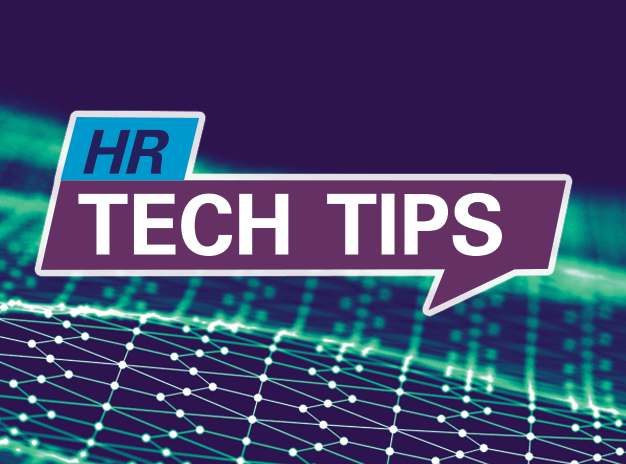2022 is here, and for a lot of us it came too fast. Organizations are still managing an increasingly hybrid workforce, dealing with hurdles around new COVID variants, and competing in the war for knowledge worker talent. Underneath it all, there is a growing appetite for new and improved HR technology. The employment and compliance landscape refuses to sit still, and organizations are realizing the true business impacts solid HR tech can have.
The real question employers have is how do you budget for a new tech purchase? According to BTR’s 2020 Annual HR Technology Survey, nearly 40% of organizations are unsure what they are currently spending on their HR technology. This percentage is a little high, and it’s a good inflection point for starting a budget.
Where To Start
Obtaining copies of current vendors’ invoices and saving them in a centralized location will give employers a good sense of budgeting objectives. Most technologies on the market base their rates on average employee headcount. Looking over the last three months’ invoices (at least) can be used to project annual costs by compiling the data into an easy-to-understand chart and totaling up the annual amounts for each vendor. Employers should also include vendors that provide a learning management system, an applicant tracking system, or any other point solutions being leveraged (even if only used at a portion of the organization). Including all vendors will provide a realistic sense of current spend as well as a baseline for a new budget.
Benchmark Your Data
Determining if what you’re currently paying is market-standard is vital. We can help employers benchmark their current spend. Investing in a trusted advisor helps employers see the bigger picture. Employers can also ask industry colleagues, peers, or other trusted business leaders what their annual tech spend looks like in organizations with a similar employee count or in a similar industry. This feedback can be helpful when validating spend but, keep in mind, your organizations’ needs or vendor mix may differ drastically, which ultimately impacts the fees you pay. Employers can also request general proposals from outside vendors to further benchmark against their current fees – we are happy to help with this piece, too!
Tie It All Together
Once the data has been gathered, employers should consider the organization’s overall people goals. The most successful business cases for an investment in HR Technology tie into the specific objectives of key stakeholders and business leadership. When leaders understand the current expenditures as well as learn about how gaps or inefficiencies in a company’s current landscape are affecting the organization’s people strategy, decisions will come more easily. Additional investment or evaluating new tech may be the answer, and a budget creation exercise is always the first step.
Henderson Brothers is here to help you with your HR Technology needs – assisting in the evaluation of your current HR Tech spend and discussing alternative vendors if necessary.
Please note that the information contained in this posting is designed to provide general awareness in regard to the subject matter covered. It is not provided as legal, medical, or tax advice, nor is it intended to address all concerns in your workplace or for public health. No representation is made as to the sufficiency for your specific company’s needs. This post should be reviewed by your legal counsel or tax consultant before use.


